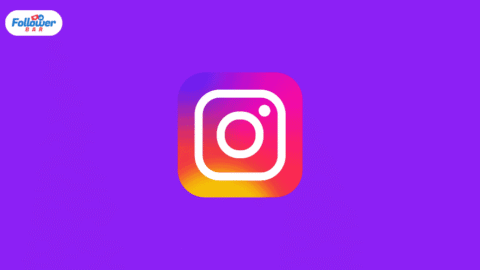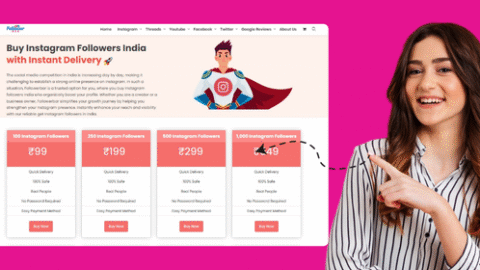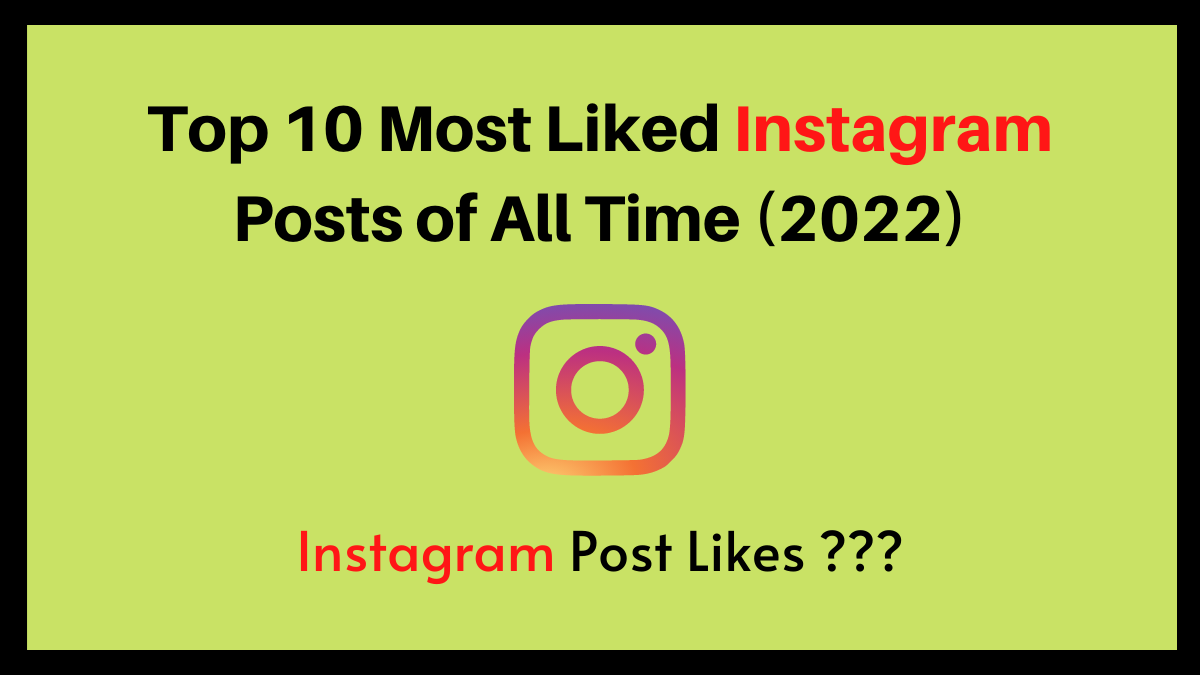Do you want to uncover the differences between paid vs organic social media and how to create an effective strategy that aligns both types of social media?
However, in the ever-changing social media landscape, many companies ask us whether they should focus on paid or organic social media. Although many people are saying that you are asking the wrong question, the rule of thumb for organic social vs paid social is that, on average, consumers engage with a brand about seven times before purchasing.
Additionally, you find a significant majority of consumers, i.e., 68%, have completed a purchase using social media platforms. It is now clearly said that brands must have paid and organic social media strategies.
With this in mind, developing successful social media strategies is undoubtedly challenging. Whether you’re new to social media strategy or looking for tips to grow your brand, this guide is for you.
To highlight the difference between organic vs paid social media marketing, you need to understand the social media marketing approach. And to know this, you need to read further.
Read More: YouTube Par Like Kaise Badhaye
What Are The Differences Between Paid And Organic Social Media
To drive home this point, you may be tempted to equate creating content for paid and organic social media, however, it is essential to distinguish between the two.
Each approach gives you unique properties, benefits, and specific strategies but also has shared elements. So, we need to examine its comparison and objectives.
A typical organic social media strategy often emphasizes the following aspects:
- Engagement
- Reach
- Content Creation
- Long-Term Relationship Building
Although you don’t incur any costs associated with organic social media, it’s important to distinguish between indirect costs.
However, you should know that the primary cost of organic social media involves content creation and engagement with followers. In paid social vs organic, you can build organic followers on your platforms with frequent posting and community engagement.
A paid social media strategy differs from an organic social media approach in the following areas:
- Cost
- Reach
- Scalability
- Content Promotion
- Short-Term Goals And Results
- Engagement And Conversions
If we summarise, while paid and organic social media share the same premise and goals, there are clear differences between the two approaches.
What Is Paid Social Media?
Paid social media is a strategy that involves promoting content through advertising dollars.
Unlike organic social media, which only reaches existing followers, paid social media allows us to target content to a specific audience if we choose paid social media.
Executing social media ads offers many benefits, including:
- Boost the overall level of engagement on the platform.
- Extend and enhance the reach in a scalable fashion.
- Generate content tailored to specific, targeted audiences.
- Works well for short-term goals for lead generation.
- The ability to monitor and assess campaign performance.
The main formats we typically pay for social media ads include:
- Video Ads
- Image Ads
- Text-Only Ads
- Carousel Ads
However, video ads can be used on social media platforms like Facebook, Instagram, Snapchat, TikTok, LinkedIn, and X (formerly Twitter).
Each platform has a different list of paid social media ads:
- Reels
- Stories
- And more
- Newsfeed
- Sidebar Sections
While some brands and businesses decide to create dedicated content for different platforms and audiences, others are interested in creating organic content to gain organic audiences.
What Is Organic Social Media?
Now that you have identified the main differences between organic vs paid social media marketing, it is time to learn about organic social media.
You need to understand that organic social media is a channel strategy where your business creates and displays original content on social media platforms without paying to gain access.
Keep in mind that the type of post content can vary across social media platforms and typically includes a mixture of:
- Videos
- Images
- Text posts
- Blog Articles
- And More
In addition to sharing branded content, organic social media includes various forms of community engagement, such as:
- Responding to comments by users.
- Promoting conversation on different platforms.
However, remember that organic social media does not always provide the reach and targeting of paid social media. Still, it is considered an essential part of digital marketing strategy.
So now the question might be why organic social media is so important when it does not provide massive reach and conversion.
While both are important for us in social media marketing, the main objective of organic social media is to interact with the brand’s current followers and develop lasting relationships with these customers.
Additionally, you have a place to establish brand voice and authenticity for organic social media companies.
How To Create A Strategy To Align Organic And Paid Social Media
The important part begins for you: creating a cohesive strategy encompassing both organic and paid social media.
As previously discussed, a social media strategy should not be approached with an “either/or” mindset.
Step 1: Define Your Goals
Although it may seem self-evident, it is essential to emphasize that goals are fundamental to any strategy.
Without goals, all your work is useless, so it’s essential to define your goals in organic and paid social media.
We need to define specific goals for each channel, including both paid and organic social media.
- Generating leads
- Driving web/app traffic
- Increasing brand awareness
- Increasing purchases and revenue
It is essential to identify which approach aligns with each goal so that it is clear what constitutes success and maintain a record of it.
Step 2: Identify & Leverage Your Target Audience
We need to understand our target audience, especially during social media efforts.
This method is not only about uncovering the demographic components of your audience but also helping you identify trends in their behavior. And it’s about where your audience spends their time online.
However, researching this information ahead of time will help guide both organic and paid social media efforts that can bring you greater profits so that you can know whether you are reaching the right audience on the right platforms or not.
Once you’ve identified your target audience, you can create a list of paid social media campaigns to reach your new audience.
Step 3: Identify Platforms And Develop Content Themes
You also need to identify where our audience spends their time online. This time, after identifying it, you should work according to the strategy on those platforms where your audience is zero or significantly less.
We must choose the right social media platform for our brand, especially for organic social media.
Although it is generally more straightforward to run paid social campaigns across multiple platforms, building an organic presence on each selected platform can be time-consuming and challenging, especially when dealing with a platform your brand has not used. What you haven’t used before or doesn’t completely match your business objectives.
Different platforms cater to different audiences and content formats, so making an informed choice based on your specific audience and business objectives is essential.
Step 4: Plan And Segment Organic & Paid Content
Now that you’ve chosen a good theme, it’s time to plan and schedule your content.
From a biological perspective, this may include a combination of the following:
- polls
- Stories
- Videos
- Images
- Etc
Keep in mind – organic content should aim to provide value and prioritize active engagement.
Establishing a content calendar is an excellent way to maintain team organization, primarily when multiple team members oversee social media management.
Step 5: Create, Launch, & Optimize Campaigns
We should focus our efforts on paid social campaigns. However, both optimization and analysis are essential and should be used.
After completing steps one through four, setting up a paid campaign should become much more accessible (fingers crossed!).
We need to remember that each platform uses advertising differently. The paid content should have been done in steps two and three.
Leverage established target personas early to build tailored audiences on each platform.
Summary
We hope you liked the information we provided on Paid vs Organic Social Media: How To Align Your Strategy, which can help grow your social media platforms. Although all this is not easy, if you want to make it easy, you can use Instagram followers buy India and Instagram likes buy India services. In which you are provided such service which fulfills your needs.
So hurry up, go to indian followers wala.in now, and order Indian followers likes for your Instagram account.
Tags: organic and paid social media organic social vs paid social organic vs paid social media organic vs paid social media marketing paid and organic social media paid vs organic social

![10 Proven Strategies for Effective Social Media Growth [FollowerBar Guide]](https://followerbar.com/wp-content/uploads/2023/06/10-Proven-Strategies-for-Effective-Social-Media-Growth-FollowerBar-Guide.png)





